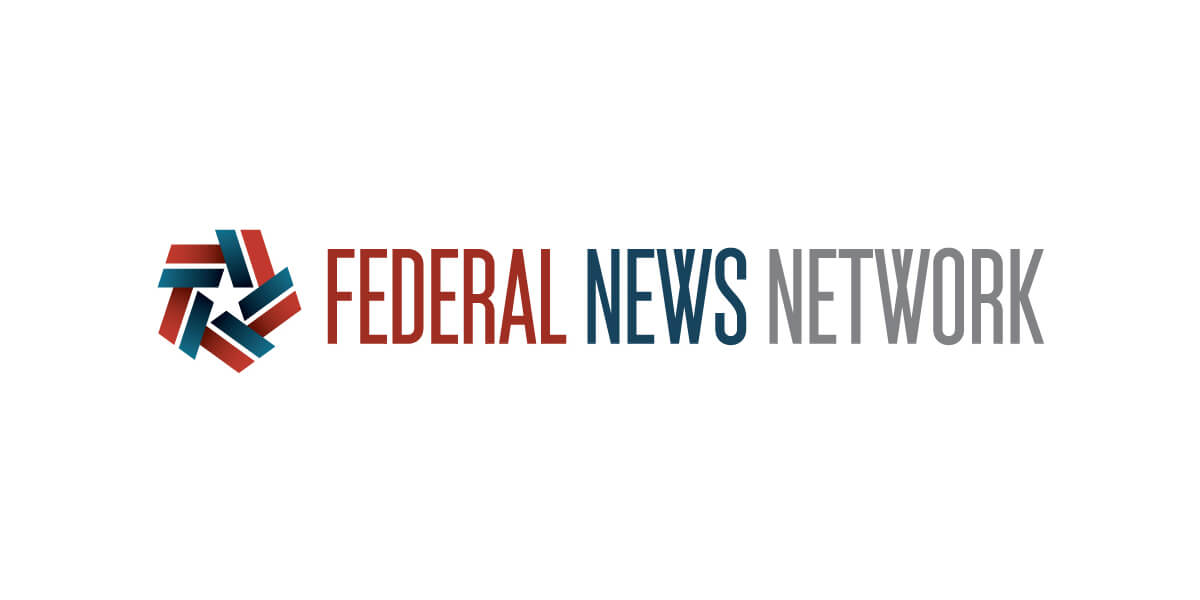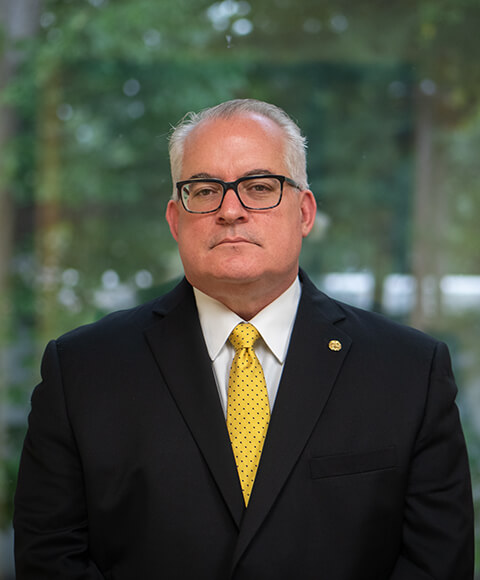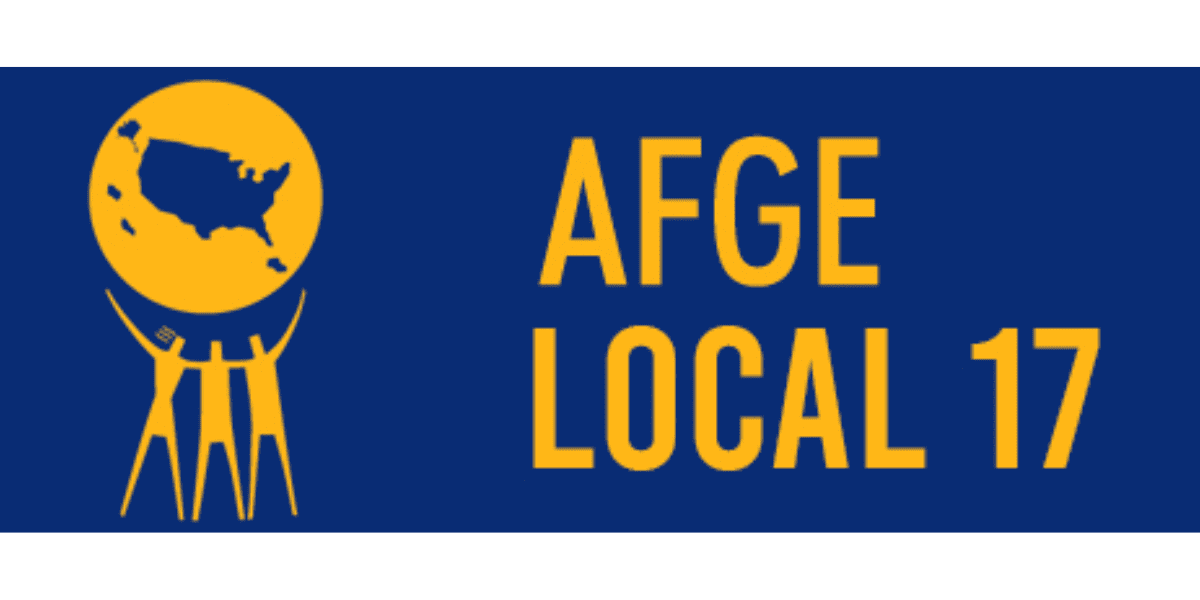A task force established by the Biden administration has issued dozens of recommendations for unionizing federal agencies and contractors. Will it have any effect? After all, the percentage of the workforce that is organized has been falling steadily for years. For analysis, the Federal Drive with Tom Temin turned to the managing partner of the D.C. office of the law firm Tully Rinckey, Dan Meyer.
Tom Temin: Dan, good to have you back.
Dan Meyer: Glad to be with you, Tom.
Tom Temin: And unionizing vast numbers of additional federal employees is probably great for the unions. Is it any good for the federal government, though?
Dan Meyer: Well, there’s a little bit of context here, Tom, you know, this is the Biden administration digging out from something as old as the PATCO strike in 1981. Unions took it on the chin for eight years in the 80s. And people lost interest in them after the ability to strike went away, or the federal employees weren’t able to do it under the existing laws. And so it’s dwindled. I’ve seen numbers as low as 11% of the federal workforce is unionized. So the Biden administration’s got a great idea to help organize and give more permission to be on site and some really great provisions in the law. But the real hard work on this one is trying to figure out how the collective effort of trade unionism translates into the modern workforce. And that’s about individual people’s attitudes. So that’s about figuring out what works for the younger employees who are much more flexible in the way they work. And so that remains to be seen, so they can get the tools, but I’m not quite sure that the strategies exist to adapt collective bargaining and those efforts to the modern workforce.
Tom Temin: Yeah, I mean, that ability to strike, hate to take sides here, but I can’t see when that should ever be allowed to happen in the public sector. Because, you know, somebody’s got to represent the taxpayers at some level in all of this.
Dan Meyer: Well, it’s interesting, because that was the issue in 1981. Because PATCO, they were breaking the laws, and 1955 law that said they couldn’t do that. But the ripple effects, you got to remember that that was a federal agency union, but the message sent in 1981, went nationwide over to the private sector. And that’s when striking became a non-option pretty much nationwide. And it still to this day, the number of labor actions, it is very uncommon to have a strike now. So you have to have some alternative, though, inside the federal government, because there are essential public services, that a strike would just cripple parts of the federal government that I just don’t see the consensus in allowing that. But there may be alternatives to that. And this is where further organization helps, because what happens now is it’s a one sided equation, because OPM (Office of Personnel Management) and OMB (Office of Management and Budget), federal resources for Labor Department, and the Department of Justice’s personnel law. All those experts in those government attorneys are there for use by management to figure out how to deal with their workplace issues. There’s really nobody to help workers on the other side of the equation. This is why you have that challenge.
Tom Temin: Yet, as you point out, you know, there’s a lot of cross current issues here is people’s attitudes toward work towards their employers, towards unions, toward the idea of unions, the prerogatives of management, it’s a complicated thing to thread. But let me ask you this, could one impediment to unionizing or could one way to make it more expedient and be seen as something efficient for people is maybe narrow the areas of what people can bargain about? And I only say this, because I’m looking at social security. I’m looking at Veterans Affairs, long running between Democratic and Republican and back to Democratic administrations, and still no resolution, and big huge contract sets of clauses, maybe would narrowing it down, in your opinion, maybe make things more suitable to unionizing and more efficient for everybody?
Dan Meyer: Well, look, the narrowing could occur through negotiations. And so I’m usually not a fan of in legislative efforts, even by executive order, funneling the negotiation process, because something that might not have been useful in one proceeding becomes useful in another proceeding. So I do think it’s a good strategy when they’re negotiating collective bargaining agreements, to be very flexible and to leave the appropriate language in the agreements that shows that you’re not giving up something permanently just because you’re giving it up in that particular agreement. The other thing that’s a part of this, and it’s very hard to sort of nail down is that, let’s be frank, OPM gave up its control over the Senior Executive Service almost two decades ago. So even on the federal side, it’s very Balkanized from agency to agency. There’s no real management perspective, executive branch-wide like there used to be, you know, as far back as the Eisenhower administration, you found very similar cultures agency to agency across the board. OPM doesn’t do that role anymore, and that means that unions have a tough time as they try to move between agencies to figure out what the strategies are. They’re dealing with almost like independent companies and corporations, as you move from one agency to the next.
Tom Temin: Sure. We’re speaking with Dan Meyer, he’s managing partner of the law firm Tully Rinckey. And let’s get into the recommendations themselves, there’s 70 of them, we can’t discuss them all. Which ones do you think are most significant coming from this task force that the president appointed?
Dan Meyer: The critical ones that I focused on for agencies are the ones that I think will help change the conditions on the ground that will make things better for the unions as they try to figure out what the common agenda is for their members. And that’s about reversing this trend that occurred since the 1980s, the trend that has inhibited the ability to actually organize on site. So some of these are very basic provisions like being able to be on site to do the organization. The other challenges, though, there’s still a lot of voluntariness, there’s no closed shops. It’s a very open shop environment. That’s tough, because there are a lot of federal workers who will be free riders, basically, they’ll take advantage of what benefit the union does provide, but they’re not going to be active members. And I see that quite often in my practice, somebody will come to me and want to file a union grievance, and they’re technically in the union, but then you look into, they just joined the union the day before they call me or they haven’t paid their dues, because the dues are optional.
So the permission to get in and organize, then the unions have to make the case. And that’s the tricky part about this is that they’re gonna have to be very persuasive in making the case so that their ability to organize, it’s been guaranteed by the statute, will then result in some sort of change that will actually strengthen their efforts within the agency. I also think, and this is, the whole idea of focusing on better leadership relationships with the unions, I think, is also helpful. And I think this is new to the Biden administration. Both the Obama and the Clinton administration’s were very constructive in their language. But beyond some very small movements to basically thank labor for supporting the elections, there wasn’t a lot of engagement with the agency leadership, and within the executive branch to help them understand that they need to work with unions to make conditions better in the agencies themselves. So I think the Biden administration’s focus on changing the culture and the tone and the language of the way leadership within the executive branch which does end with the president, the president is in charge of the executive branch, many federal managers have a hard time understanding that he is the guy in charge of that branch. So that better language and better dialogue with management, I think will help. But that’s going to be restricted to the time that the president’s in office. Somebody else comes in and that could change very quickly, even if the tools are provided in the statute.
Tom Temin: So it seems like there could be two important developments on both sides. One is some continuity in how agencies treat unions, regardless of who’s in office, whether they’re a Trump style approach or a Biden style approach to federal management, that’s for the government to do. And maybe for the unions to, I think for a lot of employees might be less than comfortable with the union’s political activities, since you have a non-political workforce, in theory, that is under the Hatch Act and all the rest of it. I wonder if more people would feel comfortable with public employee unions if they were simply concerned with working conditions, and tasks at the agency, and forget about the politics?
Dan Meyer: Well, that’s very important. I think it’s a great point because there needs to be a sensitivity to the fact that it is an apolitical workforce. And I think that has slowly weakened over the last four decades. I came out of a military family and my dad was effectively a federal employee as a Naval officer. And I never saw any politicization of our military when I was a kid growing up. In fact, the way wives and husbands handled questions about politics was very, very astute. They were very smart about that. And then starting mid-1980s, all of a sudden, we saw sort of a politicization creeping in and again, it can get alarming because you don’t want your federal employees, whether FBI agents or military members, employees across the board, you don’t want them having a political orientation in the office, they certainly can have some outside the office within restrictions of the Hatch Act. So that sensibility on the part of the unions would be very helpful.
But the other thing I think, is the legislation is not, is at the door of this but is not getting to the core of it, which is that somebody has to figure out what federal workers want. And this is what often happens is everybody comes and says, oh, we want to give you X, Y and Z and maybe they don’t want X, Y and Z, maybe they want A, B and C. And especially post-COVID, we had this big effort in the Clinton administration to look at telework as a viable option. The Bush administration actually got them there. You know, teleworking is a great concept and it works really well. But it scares a lot of managers who feel like when they manage, they’re only managing when they have their eyeballs on somebody in a cubicle, which is not true. So you have to have a change in the way we interact with federal employees and understand what they want on the job. And it’s not always more compensation. Sometimes it’s the way people are treated the workforce, individuals. And that’s what I think unions can be very helpful in is sustaining that dialogue that actually gets to the core of what a majority or a plurality of the federal workforce actually wants. And it’s a very vocal workforce. If you actually tap into their thoughts and ideas, they will tell you what works in the workplace.
Tom Temin: Yes, I’ve talked to a lot of them. And I understand you’re absolutely correct on that. So probably some good dose of management skill, plus an infusion of just basic human relations would go a long way towards solving a lot of these problems, wouldn’t it?
Dan Meyer: Oh, yes. And I think that is actually something the legislation may or may not trigger, because what the president needs to do is pick up the phone and talk to the director of OPM, and somebody has to run the executive branch for the president. OK, you can’t leave it to 72 independent little offices and agencies, there has to be a personnel management strategy on the executive side of the equation. And better labor legislation doesn’t help it. It gives that executive somebody to talk to and get the ideas. But I think we’ve just let the executive branch go out and run itself. And this became a problem in spades under the past president, because he had whole agencies slamming the door in his face because of the craziness of the times. So I think the White House needs to get control of its branch again, in the same way that Congress controls its branch and the Supreme Court controls its branch.





